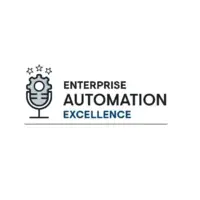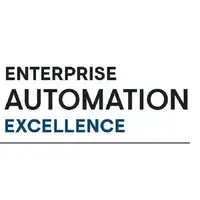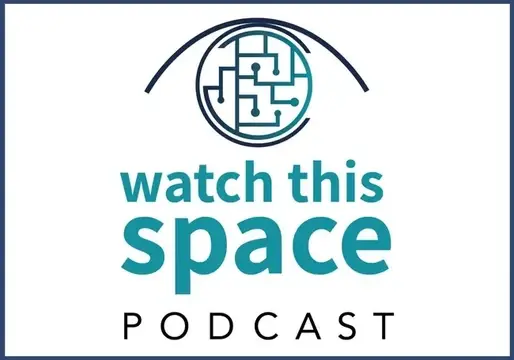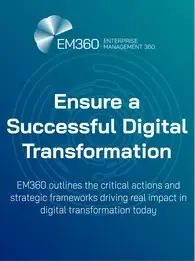In the second half of their focus on product thinking hosts Dan Twing and Tom O'Rourke discuss how automation teams can apply product thinking principles to shift from operating reactively as service providers into a strategic-minded,customer value-focused organization.
Key themes include managing automation asa product portfolio, developing strategic roadmaps, implementing iterative planning processes, and building compelling business cases for automation investments. The episode emphasizes the importance of understanding customer needs through frameworks like "Jobs to Be Done" and Value Proposition Canvas, while providing practical guidance on piloting product thinking initiatives and securing funding for automation improvements.
Learnings
· Portfolio Management Approach - Automation teams should manage their offerings as a curated portfolio of products and services, including automation software, integrations, APIs, operations, and support services.
· Curation is Critical - Teams must deliberately choose which automation capabilities to offer and which to exclude, avoiding the trap of exposing all available product features to users.
· Communication Drives Adoption - Success requires building capabilities to communicate offerings, share success stories, and provide clear pathways for users to request help.
· Strategy as Planning Tool - Effective automation strategy involves understanding what needs to change (why), defining target state (what), and outlining execution approach (how) through roadmaps and resource plans.
· Iterative Planning Process - Product thinking encourages quarterly strategy updates and monthly adjustments rather than annual planning cycles, enabling faster response to changing business needs.
· Pilot-Based Implementation - Organizations should start with small, low-risk pilots like providing dashboard access to business users or establishingdeveloper office hours.
· Investment Framework - Automation funding requests are evaluated using defend/extend/upend categories, with "extend" and "upend" projects having better approval chances than basic operational improvements.
· Proactive vs. Reactive Positioning - By anticipating needs and providing standardized solutions (like data pipeline tools), teams can reduce ad-hoc requests and gain strategic control.
Action Items for Piloting Product Thinking
1. Identify and Define Your First Customer Segment
2. Design and Launch a Low-Risk Pilot Service
3. Create Your First Product-Style Communication
Key Success Factor: Start small and focus on learning rather than perfection. The goal is to test whether product thinking approaches resonate in your organization and build momentum for broader adoption.
Questions & Comments
EAE Podcast Home: https://em360tech.com/
Feedback & Questions: mailto: eaepodcast@emausa.com














Comments ( 0 )